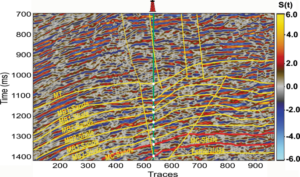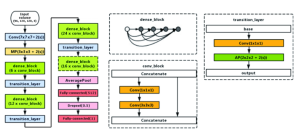In the quickly developing scene of remote innovation, AI (ML) has arisen as a foundation for upgrading framework execution and empowering progressed highlights. In any case, this coordination of ML into remote frameworks isn’t without its difficulties. In this comprehensive examination, we delve into the practical vulnerabilities inherent in ML-based wireless systems, offering insights and solutions to bolster security and efficiency.
Understanding the Intersection of ML and Wireless Technologies
The integration of machine learning into wireless systems has revolutionized how these systems operate, bringing about enhanced efficiency, improved data processing, and predictive capabilities. ML algorithms, when applied to wireless networks, enable the system to learn from past data, predict network traffic, and optimize resource allocation. However, this symbiosis also introduces unique vulnerabilities that must be addressed.
Identifying Key Vulnerabilities in ML-Enabled Wireless Systems
One of the most pressing concerns in ML-based wireless systems is the susceptibility to data-driven attacks. Adversaries can exploit ML algorithms by injecting false data, leading to skewed results and compromised network integrity. Additionally, the reliance on large datasets for training ML models raises concerns regarding data privacy and potential data breaches.
Tending to Information Security and Protection Concerns
Secure data transmission protocols and robust data encryption methods are essential for mitigating these dangers. Secure sockets layer (SSL) encryption and advanced encryption standards (AES) can significantly lower the likelihood of data breaches. Moreover, taking on security protecting ML procedures, similar to differential security, guarantees that singular information focuses can’t be followed back to explicit clients, consequently upgrading client protection.
Providing Sturdiness Against Attacks via Data Manipulation
One more critical defect in the framework is its vulnerability to information control procedures like harming and antagonistic attacks. In a harming assault, an assailant brings noxious information into the preparation dataset, causing the ML model to give mistaken predictions.To counter this, it is essential to lay out severe information approval and separating cycles to recognize and eliminate malignant information inputs.
Optimizing Model Training and Validation for Enhanced Security
Ensuring the robustness of ML models requires careful training and validation. Implementing cross-validation techniques and regularizing models to prevent overfitting are essential steps in this direction. Additionally, employing anomaly detection algorithms can identify unusual patterns in network traffic, alerting administrators to potential security threats.
Overcoming Scalability and Adaptability Obstacles
Scalability becomes a major issue as wireless networks get bigger and more complicated.
ML models must be designed to efficiently handle large volumes of data and adapt to changing network conditions. Utilizing cloud computing resources and edge computing can distribute the computational load, ensuring that ML models remain efficient and responsive even in large-scale networks.
Moving Forward with AI-Powered Security Solutions
The creation of AI-driven security solutions holds the key to the future security of ML-based wireless networks. These technologies utilize the power of artificial intelligence to continually monitor network traffic, detect irregularities, and automatically respond to possible threats. Wireless systems may respond instantly to emerging threats by integrating AI into security processes, guaranteeing continuous protection.
Conclusion
While integrating AI into remote frameworks enjoys many benefits, it likewise makes various shortcomings that should be fixed to ensure protected and compelling working. These systems may be protected from possible attacks by concentrating on strong data security protocols, resilient model training, and the creation of AI-driven security solutions. The next generation of sophisticated, robust wireless networks will be made possible by putting these tactics into practice, which will also improve the security of ML-based wireless systems.




Comments
Pingback: Home Insurance Innovations: What's New in the Industry